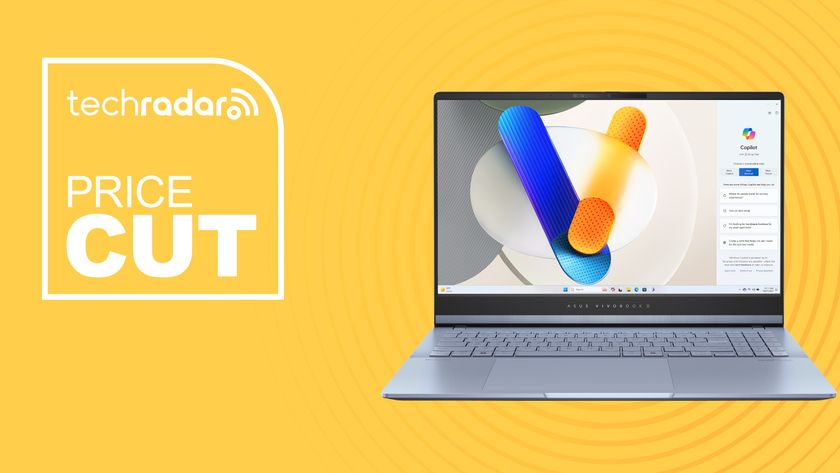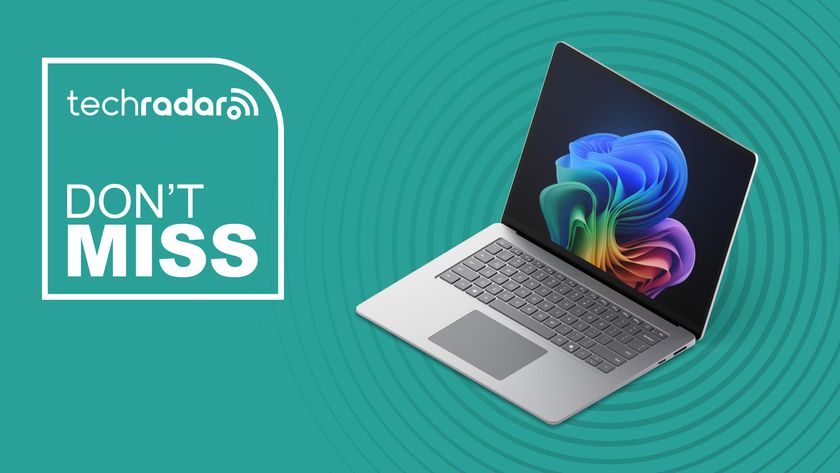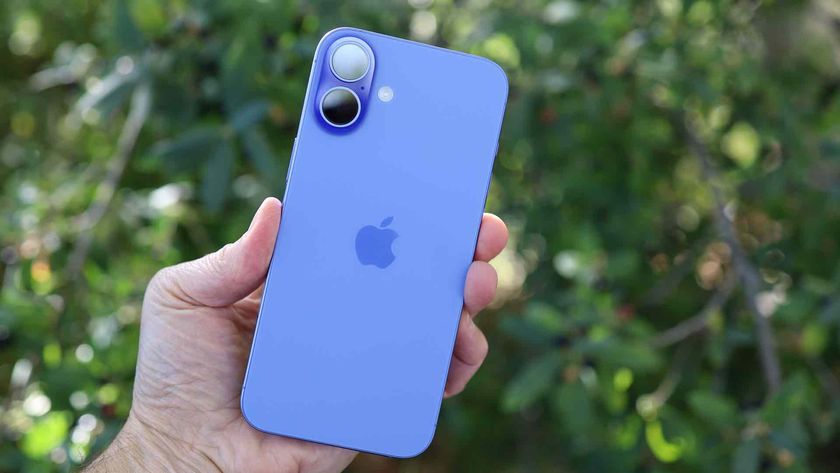Demos from Intel show it can increase real world application performance by 100 per cent. As the Turbo Memory allows the hard drive to be spun down more often, it'll improve battery life and drive reliability, as allowing drives to power down reduces the risk of head crashes while moving the laptop in use.
Intel doesn't state Turbo Memory works faster than ReadyBoost. It does stress that for mobile platforms ReadyBoost can't offer any power savings or indeed be used to cache any permanent files - such as the swap file - as Windows will see the USB key as a removable device, while Turbo Memory is permanent.
The solution's success depends on the quality of the caching algorithms, but such things tend to be very well known. The other is the size of the cache used. The Samsung hybrid is 128MB and 256MB, Turbo Memory is offered in either 512MB or 1GB while ReadyBoost tops off at 4GB.
Intel couldn't answer why larger Turbo Memory modules aren't offered, as 2G or 4GB could be supported, it may be being held back for the future; perhaps the increase speed doesn't justify the cost; or maybe Intel's fear that by the time the costs have dropped, full-sized flash drives will make it irrelevant.
Final solution
The final solution will be full solid-state drives or SSDs. Samsung has the 32GB Flash SSD. Using four 8GB flash memory chips, it's packed as a standard 2.5-inch 40-pin PATA hard drive supporting UDMA66. It's an odd mix (why no SATA?) and not destined for mainstream systems at the moment, this won't last long: Samsung's figures show it expects to shift around 1.7 million SSDs in 2007, increasing to 90 million in 2010.
A driving factor is SSDs are near impervious to vibration, shock and high temperatures, and the lower power consumption. Tests showed total laptop power consumption dropped from 26W to 22W - under heavy drive use - by switching a 7,200rpm drive to the SSD.
While the advantages of solid state drives are clear, we're currently in a transitional period. Hybrid drives, Turbo Memory and ReadyBoost all promote this emerging technology. Even when large enough SSDs are used as primary boot devices, it seems better to retain a larger capacity optomechanical drive as storage. So while their role may be relegated to storage and back-up, our spinning friends will still be around for some time. Words: Neil Mohr
Get daily insight, inspiration and deals in your inbox
Sign up for breaking news, reviews, opinion, top tech deals, and more.













